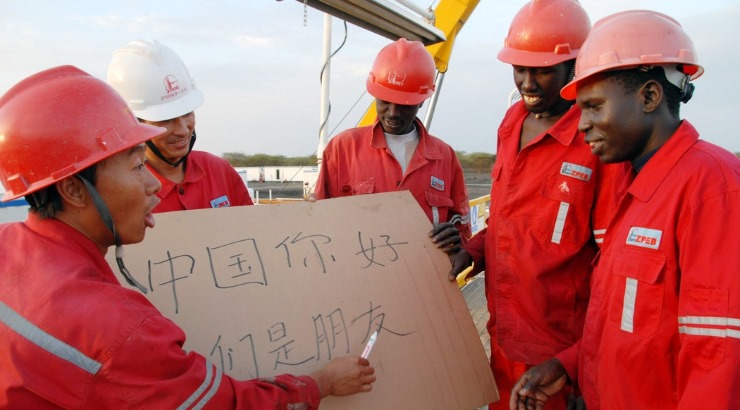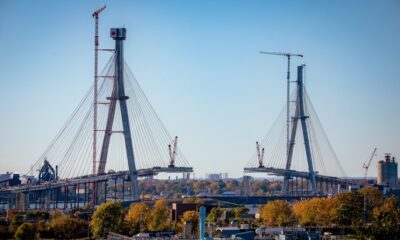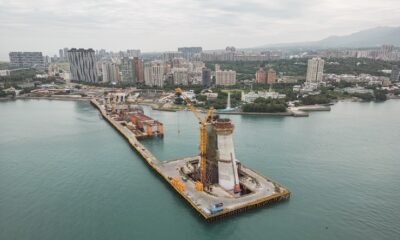Infrastructure
China Delivers Major Blow to Kenya’s Mega Projects Plan
Beijing has cut financing for Belt and Road Initiative projects.

Kenya’s ambitious plan to undertake tens of mega projects across the country has been dealt a major blow by a decision by China to reduce financing for projects under the Belt and Road Initiative, a brainchild of Chinese President Xi Jinping.
The shocking decision means Kenya, which has been relying on Beijing to fund its key infrastructure projects, will have to find new ways to finance planned developments.
China has lent Kenya billions of dollars to, among other things, construct its standard gauge railway (SGR) as part of the Belt and Road Initiative, which envisages Chinese banks’ financing of projects mainly in developing countries.
However, the funds have been drying up in recent years especially with the coming of the coronavirus pandemic – making things tough for a country that is already facing a huge annual infrastructure investment deficit.
Sh380 billion loan
In September 2018, for example, China declined to approve a Sh380 billion loan for the Naivasha-Kisumu SGR, despite all the formalities having been completed – a decision that forced the new railway to end abruptly in Naivasha.
This was shocking since Kenya and China Communications Construction Company (CCCC) had in August 2018 agreed on construction of the 267km railway, with only the finer details of the deal set to be finalised weeks later during President Uhuru Kenyatta’s visit to China.
That did not happen.
Instead, Chinese Premier Xi Jinping asked the parties to defer making the approval until Kenya undertook a commercial viability study on the entire Mombasa-Kisumu railway.
RELATED: China Opts Out of Sh380bn Kisumu Railway Deal
It later turned out that China declined to make the approval as part of its policy changes that seek to manage debt default risks by countries or projects.
According to Green BRI, a China-based think-tank that analyses the initiative, Chinese investments in the 138 targeted countries fell 54% to $47 billion in 2020 from the 2019 levels.
This is the lowest level since the initiative was inaugurated in 2013.
Interestingly, the Chinese bank funding for infrastructure projects in 40 African countries targeted by the Belt and Road Initiative fell to $3.3 billion last year from $11 billion in 2017, according to a study by global law firm Baker McKenzie.
Harsh financing terms
Although Beijing officials attribute cutting of funds to debt risk management, analysts believe the initiative is facing hostility in many countries who balk at the harsh financing terms.
“A growing number of policymakers in low and middle-income countries are mothballing high-profile BRI projects because of overpricing, corruption and debt sustainability concerns,” says Brad Parks, a researcher at the College of William and Mary in the United States.
In 2018, for example, Pakistan pulled back over the financing terms of its railway. Malaysia has also cancelled more than $11 billion in projects between 2013 and 2021, while almost $2.5 billion has been cancelled in Kazakhstan and Bolivia.
Kenya is, however, optimistic that – after spending nearly $5 billion on the Mombasa-Naivasha standard gauge railway – it will still get the additional $3.7 billion needed to extend the railway to its border with Uganda.
“This standard gauge railway will still be completed because it is part of what we call the Belt and Road Initiative,” Transport Secretary James Macharia said.












